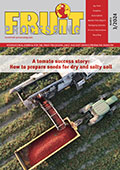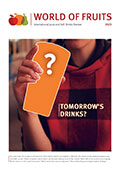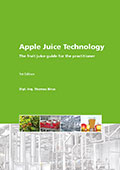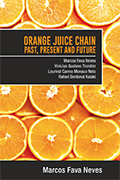Two out of three US consumers “love to discover new flavors’, while the same proportion say that ‘going out for dinner inspires their home cooking” (Innova Market Insights consumer survey 2018). Adventurous, daring and re-imagined flavors are emerging to entice trend-conscious consumers, who enjoy an element of the unexpected on their palates.
Flavor remains the number one factor of importance when buying food and beverages. An increasingly adventurous consumer creates opportunities for bolder, unconventional flavors and novel varieties that bring an element of surprise and the potential to create a social media buzz. Millennials and Gen Z in particular drive the trend of novel, creative, impactful foods with funky colors, shapes and flavors that are exciting to share through social media.
Globalization has sparked the curiosity of consumers to discover new food and beverage, with Innova Market Insights research indicating that three in ten US consumers ‘love to discover flavors of other cultures’.
Food and flavor trends are traveling faster than ever in today’s connected world. Consumers love to explore new flavors from different countries with and increasing range of ethnic flavors appearing across the board to satisfy culinary adventurers. Ethnic flavors proliferate, with sixty five percent growth in food and beverage launches with an ethnic flavor (Global, 2018 vs. 2014). Mediterranean and Far Eastern flavors are seeing the biggest growth in launch activity, with meat, fish and eggs and sauces and seasonings the leading categories.
People now travel the world and are connected online more than ever, getting increasingly familiar with other food cultures, flavors and experiences. To drive deeper connections with the adventurous consumer, brands satisfy their curiosity not only through exotic world flavors, but also new food experiences and telling the story behind the product. Consumers are increasingly engaged by interactive devices such as voting for favorite flavors, submitting their own flavor ideas and sharing flavor experiences with friends and/or online.
Brands also engage with consumers by telling the unique stories behind them, including greater transparency about the source and nature of their ingredients, recipes and processing. There is also rising use of limited editions to create a temporary buzz around brands, via novel and exciting flavors, shapes and concepts.









